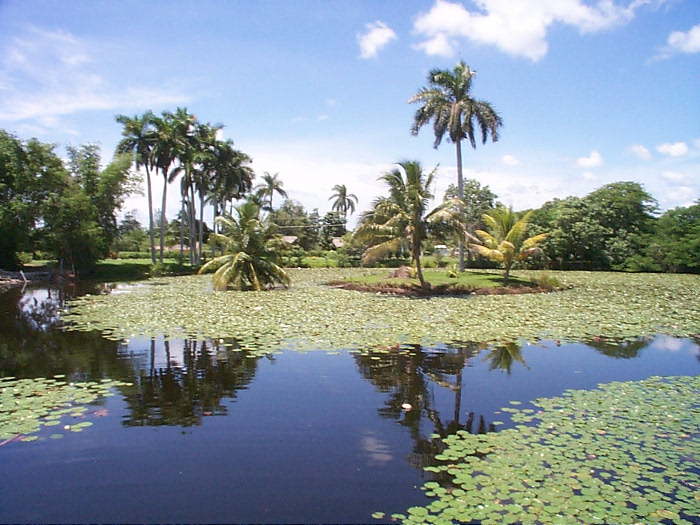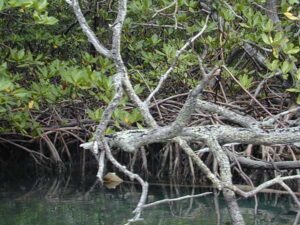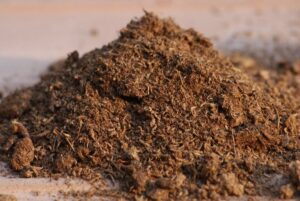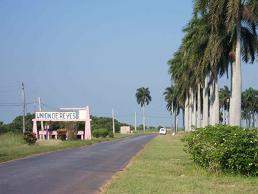Cuba opted to conserve the environment (+photos and audio).

The presence of peat in the Ciénaga de Zapata wetland, located south of Matanzas, is a faithful reflection of the logical order of ecosystems and the need to preserve that environmental balance.

The presence of peat in the Ciénaga de Zapata wetland, located south of Matanzas, is a faithful reflection of the logical order of ecosystems and the need to preserve that environmental balance.

It is a fossil material, whose thickness in that region varies from two to 10 meters and that could well be used in the generation of electricity, because its high energy potential is similar to that of coal, although less polluting.
But peat has a fundamental and impossible to suppress function: to protect the area as the natural filter it is, since the Ciénaga de Zapata wetland, recognized by UNESCO as a Biosphere Reserve since 1999 and a Ramsar Site since 2001, is also a fragile environment and very vulnerable to climate change.
There, the rise in sea level can be observed in the coastal areas that, due to their low altitude, are already submerged and the tendency to continue losing territory as a result. Along with these damages, salinization of soils and drinking water has also occurred.
It is a fragility that is increased by aggressive human activity, mainly hunting and poaching, improper exploitation of ecosystems, pollution and urbanization. This is compounded by natural phenomena such as hurricanes and forest fires, which in many cases are the responsibility of unconscious people.
Realities that led to the discarding of projects such as the installation of a plant of almost 300 Megawatts of power, similar to the generation capacity of the Antonio Guiteras Thermoelectric Plant, but with peat as raw material.
When the Cuban Revolution triumphed and first Dwight Eisenhower’s U.S. administration refused to sell oil to the island and then John F. Kennedy’s administration made the economic, commercial and financial blockade against Cuba official, the Ciénaga de Zapata peat was a strong hope because its concentration levels and physical-chemical properties would allow electricity generation for 25 or 30 years.
But fortunately, before acting, research was done.
Commander Ernesto Ché Guevara was commissioned to meet with Russian geologists and create conditions on the island to carry out an in-depth analysis of that peat. After months of study, the experts on the subject informed that extracting this fossil material would cause an unfortunate environmental imbalance in the region.
The fact is that the peat present in the Matanzas wetland is submerged, and extracting it would cause a rapid and intense saline penetration that would damage the fertile lands of the Havana-Matanzas plain, to the point of transforming it into a salinized wasteland.
The environmentalist vocation that the Cuban State and Government have always shown, shows that even in the difficult political-economic conditions that the country faces for the generation of electric energy, due to the cost of oil in the international market and the permanent obstacles that the northern neighbors put in the way so that we cannot acquire it, Cuba does not use the peat of the Zapata Swamp.

This is emphasized by engineer José Luis Sánchez Ávila, from Cubasolar, Matanzas.
…ONLINE AUDIO
Increasing the use of renewable sources allows us to advance in the change of the energy matrix by reducing our dependence on oil; an action that translates into significant savings of financial resources and the conservation of an environment that is cleaner of gases that accelerate global warming.
Written by Ana González Goicochea.




